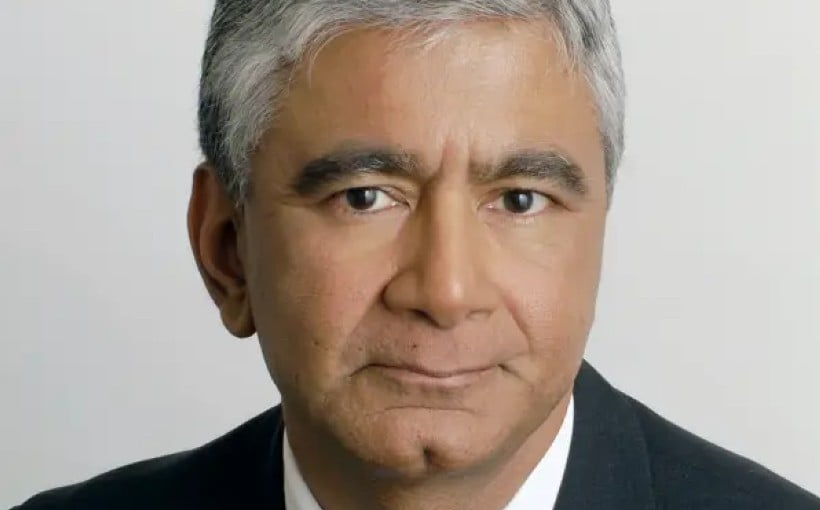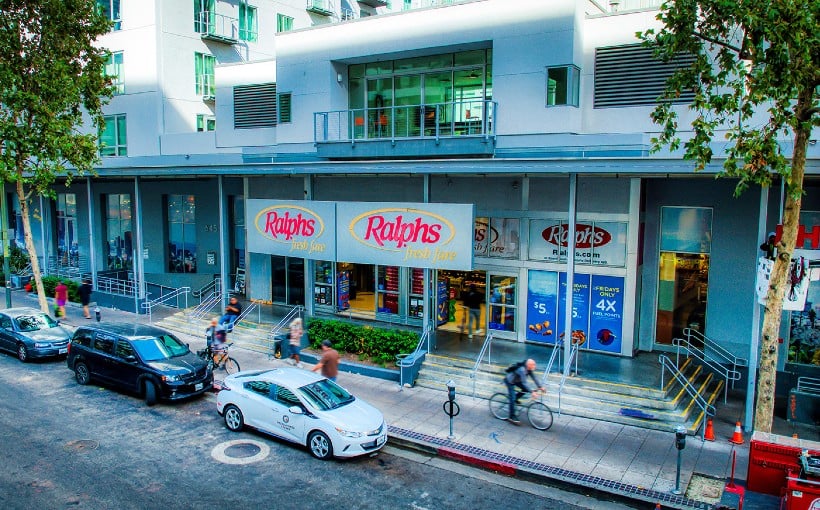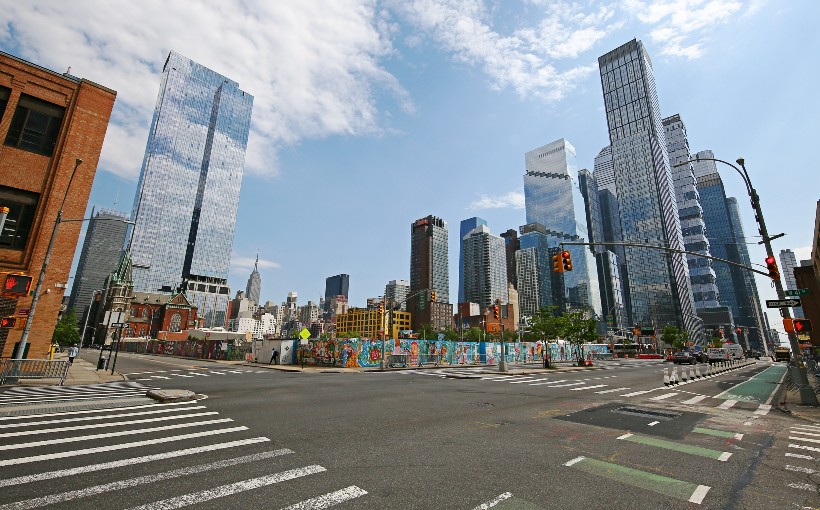The economy, both domestically and globally, has been a major focus for commercial real estate investors in 2024. This interest is expected to continue in the future. To provide industry members with valuable insights, Berkadia has organized a webinar titled “Beyond Insights 2024 Mid-Year U.S. Economic Update” on Thursday, July 25th. The event will feature CEO Justin Wheeler and SVP – Securities Trading Josh Bodin along with Dr. Komal S Sri-Kumar from Sri-Kumar Global Strategies who will share their perspectives on the current economic landscape and its impact on commercial real estate for the rest of the year.
In preparation for this webinar, Connect CRE interviewed Dr. Sri-Kumar to set the stage for discussion:
Q: The Federal Reserve’s latest dot plot predicts one rate cut in 2024 compared to three previously projected cuts? Is your base case also one rate cut? Have you seen any indicators that may change this prediction?
A: Based on recent inflation and labor market data, it appears that there will be at least one rate cut in September followed by another later this year according to market expectations. Our base case is also aligned with at least one rate cut by December if inflation continues towards meeting Fed’s target of 2%.
Q: Recently there have been talks about how US economy can drive global growth; do you think it can fulfill that promise? What are some significant weaknesses?
A: Yes indeed! There are several factors supporting US as an engine of global growth such as strong consumer spending patterns coupled with technological advancements leading resilient labor markets which have helped sustain economic growth despite various challenges.
However certain headwinds could hinder recovery within commercial real estate sector such as volatility around interest rates which impacts investors across all regions within United States alike regardless of location or region they operate out off . While cooling down interest rates could lead upsurge investment activities during second half but bid-ask spread differential and negative leverage on deals still remains a concern which could slow down CRE recovery. To gain momentum in the market, we need to see interest rates trading within a tighter band for few months.
Q: In terms of leading sectors of economy, where does commercial real estate stand in terms of stability? From an investment standpoint do you think it is more like safe haven or opportunity to find bargains?
A: Currently CRE stands at complex position when it comes to stability. High interest rates have increased borrowing costs forcing many investors adopt wait and watch approach before making any decision. While multifamily and industrial sectors are resilient with transactions still being completed other areas such as office space has faced significant headwinds since pandemic gave rise remote work trend.
CRE can be considered as safe haven for investors due several factors such well-leased properties located prime locations within industrial & multifamily sector along with strong operating fundamentals especially regions witnessing high absorption but limited supply coming online .
For those willing take higher risk there are opportunities available through distressed assets or regions experiencing temporary downturns . These investments offer significant upside potential once market conditions improve .
While macro-economic factors have introduced certain level uncertainty volatility ,we remain optimistic about industry’s future prospects
Q: Finally we’re just four months away from what could be most consequential U.S election in decades; what current economic themes do you see continuing regardless who wins presidential elections?
A: Regardless who takes over White House this year ,several key economic themes will continue dominate conversations during next few months . Most important among them would inflation ;be it tariffs profligate spending higher levels supply Treasuries keep floor how low Treasury yields can fall once Federal Reserve begins cutting rates . Fed’s actions managing inflation &interest rate will closely watched post-elections .
Recent trend towards rising unemployment numbers is also concerning ;with inflation trending towards Fed’s objectives more discussions around employment side dual mandate likely define short term irrespective administration controls White House currently.
Lastly supply chain resilience and diversification will remain critical theme for next president . Efforts to strengthen domestic manufacturing reduce dependency on foreign supply chains are likely continue.




